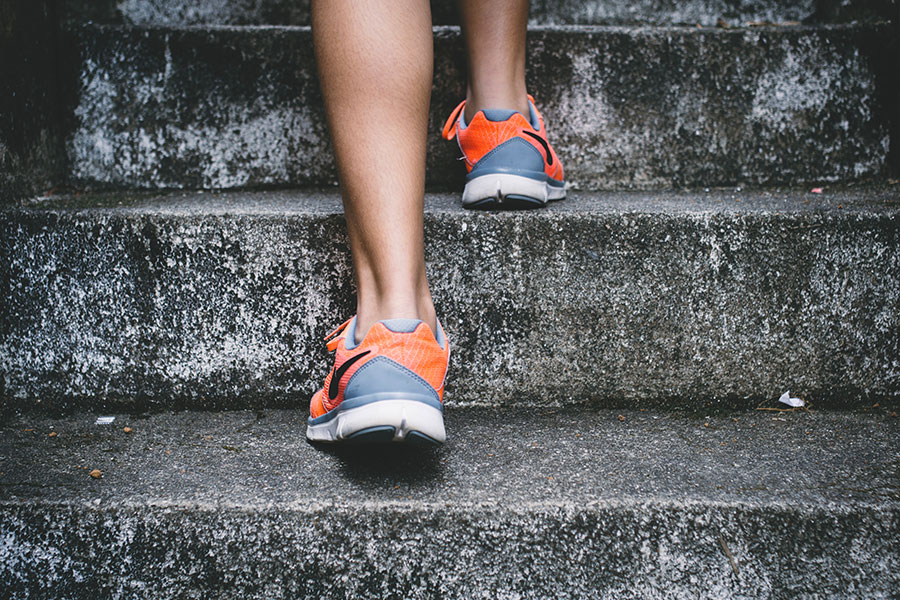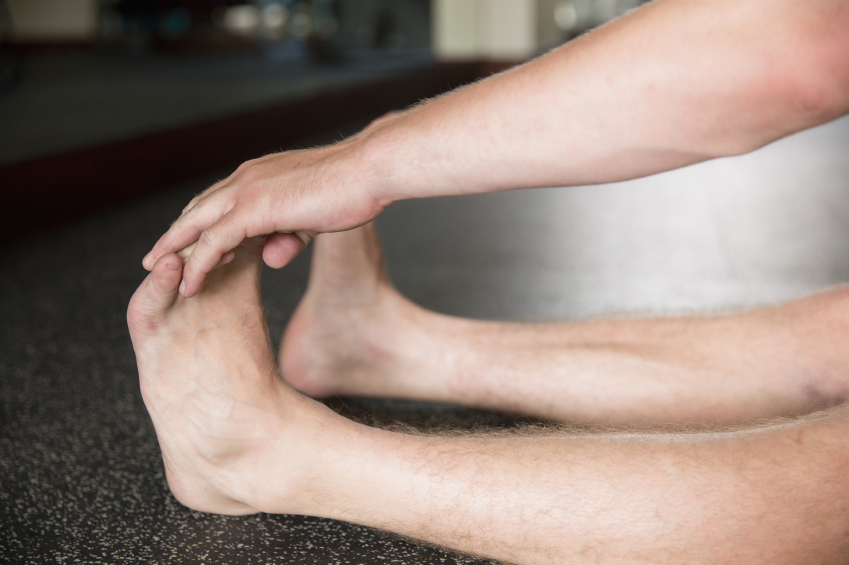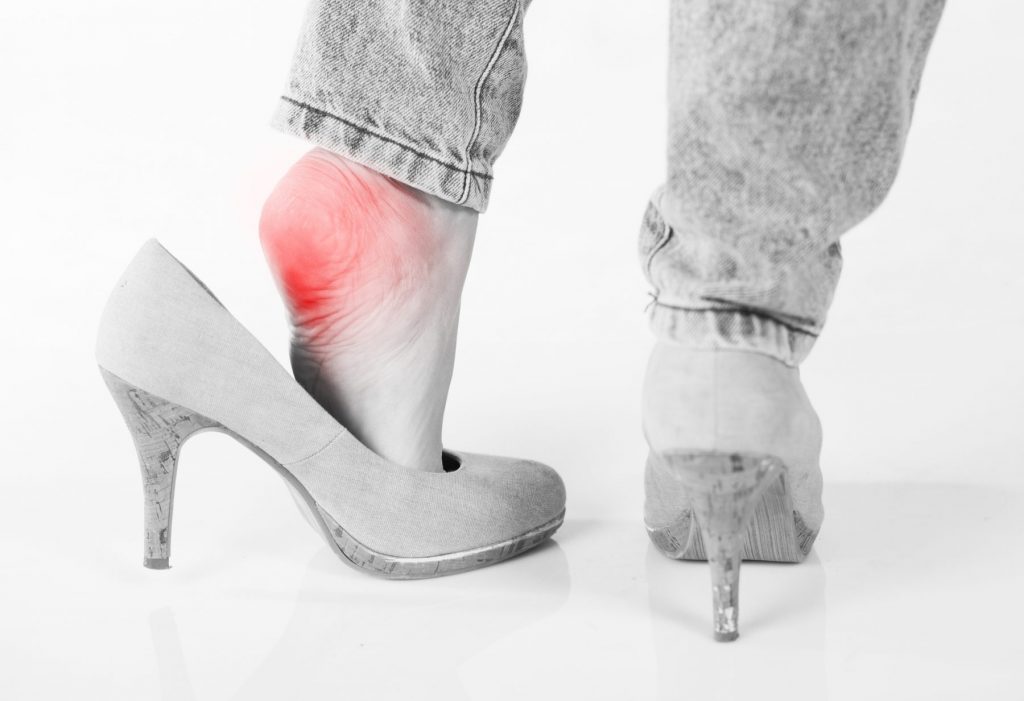You take a few first steps in the morning and feel stabbing pain. As you get up and move, the pain lessens but then returns after long periods of standing. If you’ve experienced something similar, you may have plantar fasciitis, which occurs when the band of tissue that supports your arch becomes irritated and inflamed. Plantar fasciitis is the most common cause of pain on the bottom of the heel, affecting about two million people every year.
Plantar Fasciitis Risk Factors
- Tighter calf muscles that make it difficult to flex your foot
- Overweight and obesity
- Very high arch
- Wearing shoes with inadequate support
- Running and other repetitive impact sports/activities

A podiatrist (foot doctor) can diagnose you based on a physical exam. Leaving plantar fasciitis untreated may turn into chronic heel pain that makes it hard to perform regular activities, and could lead to problems in your knee, hip or back.
Most people who have plantar fasciitis get better over the course of several months using conservative treatments such as resting, icing the area and stretching.
Self-Care Tips for Plantar Fasciitis
What can you do to help heal the heel pain?
- Maintain a healthy weight. This helps reduce stress on the bottom of your feet.
- Choose supportive shoes. Wear shoes that have a low to moderate heel (between 1-3 inches) with good arch support. Replace your athletic shoes often, especially if you’re a runner (after about 400-500 miles of use).
- Rethink your exercises. Engage in low-impact activities such as swimming or biking, instead of running and jumping, until you recover.
- Apply ice. Cover the area with an ice pack for about 15 minutes three or four times a day or after exercising to reduce pain and inflammation.
- Stretch your feet regularly. Try to stretch your feet and calves before and after physical activity.

If at-home care and over-the-counter pain medications are not doing the trick after several weeks, give your podiatrist a call to avoid chronic issues and pain.

